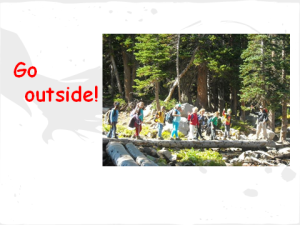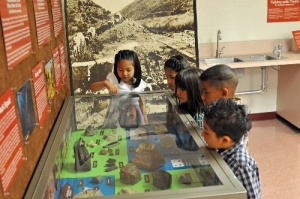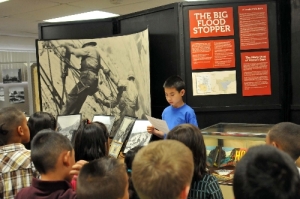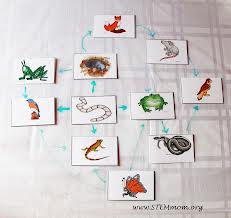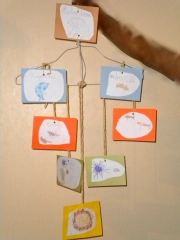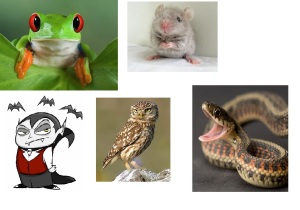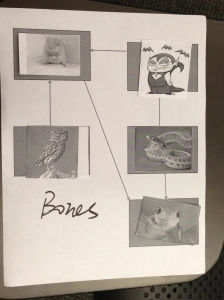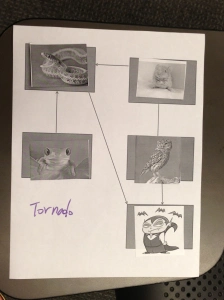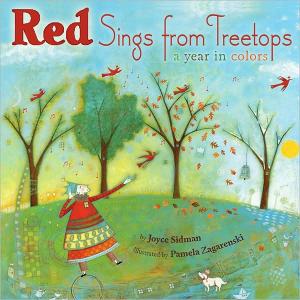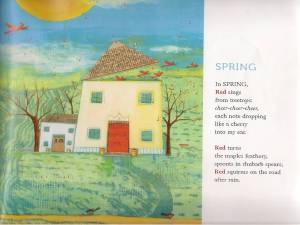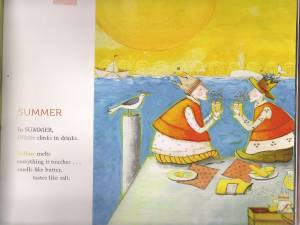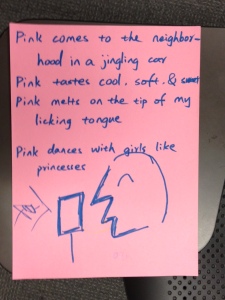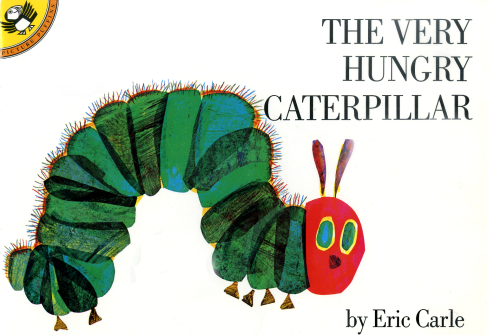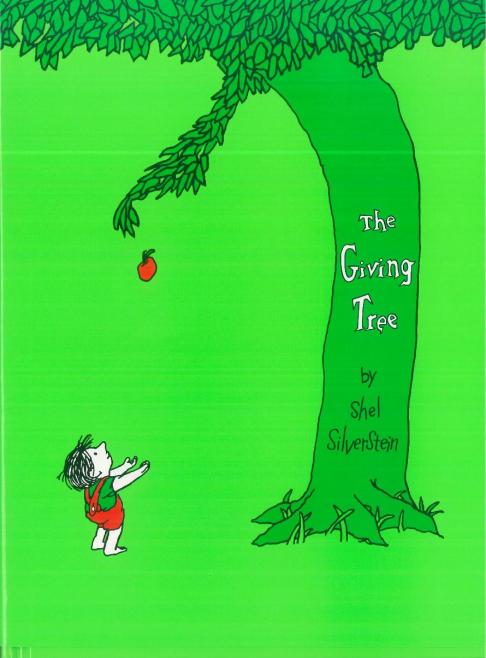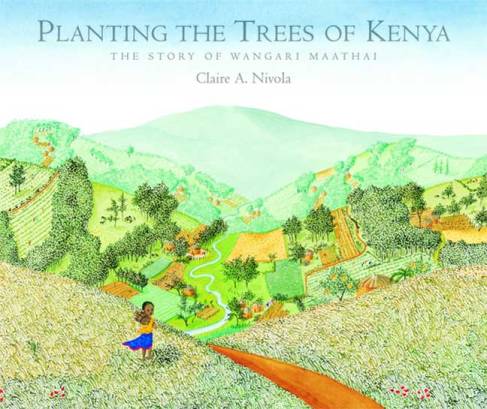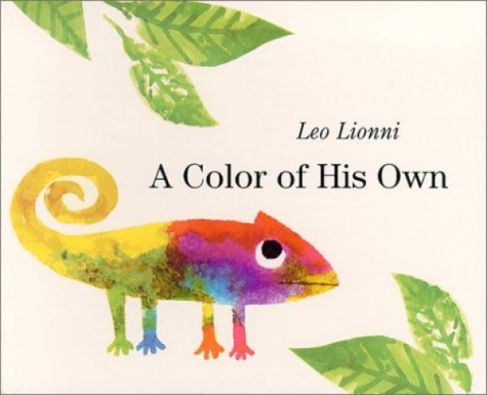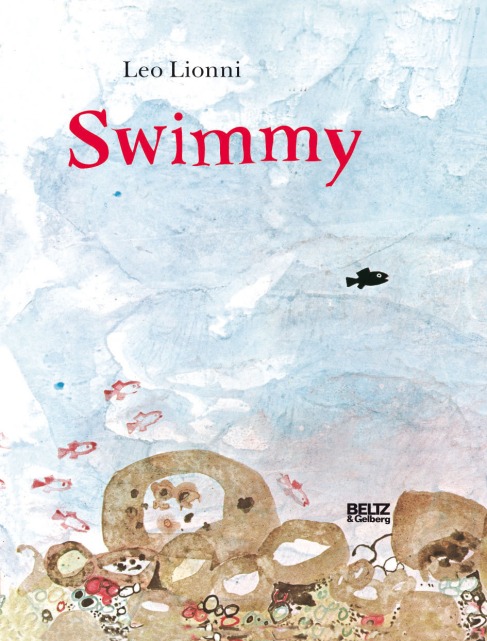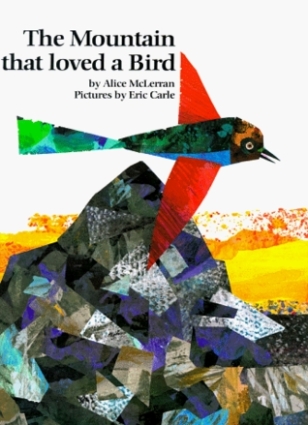Outside the Classroom Activities
There are many activities that teachers can use to help students learn about nature. The most direct way probably is field trip. When students go out of classroom and stay in the nature, they can see the trees, hear birds singing and smell the fresh air flowing in the forest. With these communications, students can know a lot about nature by themselves and learn much deeper.
However, filed trip has several limitations. It costs money, time and efforts a lot. Students don’t have many opportunities to go out. Usually, school only schedule one field trip in a semester. Then what can teachers do? Fortunately, along with the development of technology, we can do the activities that are hard to conduct in real life. For example, teachers can go online and use the virtual museum to let students enjoy the trip of different museums all over the world.
More than just knowing some knowledge about nature, students should also interact with it, be a member within and a friend of nature. They can get involved in an environment protection program and volunteer in some environment protection events. Also, they can just protect the environment in their communities and some little actions in daily life can make a big change in the future.
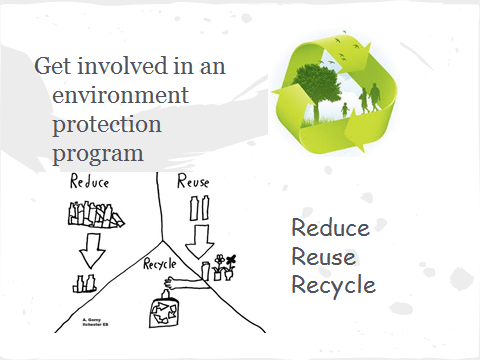
Projects
Build a Birdhouse
Projects can help students apply what they know into practice and learn how to do. A very common project that develops naturalistic intelligence is building a bird house. This project helps students to have the empathy on animals and any other things in nature. Also, after finishing the bird house, students can observe birds’ behaviors if there are some birds living in.
 But one important thing when students are building a birdhouse is that they should be under parents’ help because sometimes this can be very dangerous and some tools are difficult to use, especially for the younger kids.
But one important thing when students are building a birdhouse is that they should be under parents’ help because sometimes this can be very dangerous and some tools are difficult to use, especially for the younger kids.
Make a habitat diorama
Similar with the birdhouse, habitat diorama is also a way for students to learn about animals and their environments. Students can use a big box as the habitat and make some animal cards or 3-D models to put in the box, then decorate the environment with some pictures of grass, trees or water, depending on which habitat they want to show. After these easy steps, a habitat diorama is done. Students can hold an exhibit to show their wonderful works and learn the other habitats their peers create.
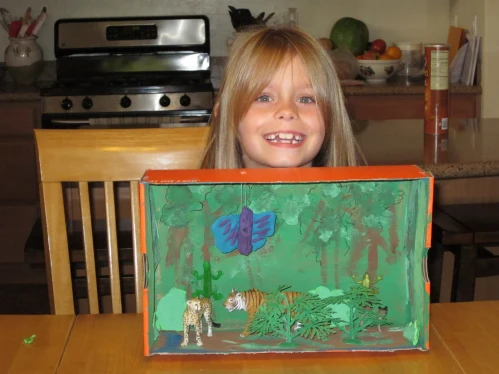
Scrapbooks
If you think your classroom does not have enough space for many habitat dioramas, another activity can meet your requirement. Students can make scrapbooks with the  natural materials, such as flowers, grasses, leaves, tree branch and feathers. The book could be a story like an adventure and students can decorate it with natural objects that are related to the story. On the other hand, it is not necessary to be a story. It could be just a dairy recording everything that students see, smell, hear, touch and taste in their everyday life and also use some natural materials they find to put in the book.
natural materials, such as flowers, grasses, leaves, tree branch and feathers. The book could be a story like an adventure and students can decorate it with natural objects that are related to the story. On the other hand, it is not necessary to be a story. It could be just a dairy recording everything that students see, smell, hear, touch and taste in their everyday life and also use some natural materials they find to put in the book.
Grow a plant
One characteristic of students who have high naturalistic intelligence is the ability to 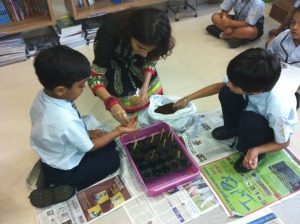 take care of other living beings, for example, having a pet and growing a plant. In the classroom settings, the better way to develop this competency is growing a plant. Just as the picture shows, each student gets a little flowerpot and put a little seed in it. After a few days, a little bud comes out and if students can takes care of the plant very well, they would see the beautiful flower in the end.
take care of other living beings, for example, having a pet and growing a plant. In the classroom settings, the better way to develop this competency is growing a plant. Just as the picture shows, each student gets a little flowerpot and put a little seed in it. After a few days, a little bud comes out and if students can takes care of the plant very well, they would see the beautiful flower in the end.
Turn the classroom into a museum
Museum is an excellent place to train students’ naturalistic intelligence because it has many natural resources. Including going to a real museum and an online one, the third way to learn nature in a museum is actually turning the classroom into a museum. This is much difficult than just exploring. First, Students need to know very well about the topic they want to show; then they can use their hands to create a station.
Quick Activities
Animal Cards
In the 45 minutes of one class period, teachers could use some quick activities to teach nature. One popular activity is animal cards. The teacher gives students several animals cards and asks them to sort into two groups. The animal number of each group does not need to be even. And students are totally free to use their own way to group. For instance, the animal cards are shark, sheep, dog, snake, elephant and giraffe. Some students may put shark into Group 1 and the rest animals into Group 2 because the shark is the only marine animal here. Some other students may group elephant, snake and shark together because they are not fluffy. There are many other ways to complete this task as long as the classification is clear.
Another way to use animal cards is to create a food chain. It can be very simple: put some animal cards on a board, and then draw the arrows that show the relationships of the animals. It can also be creative, like using ropes instead of lines to indicate the eater-eaten interactions.
For the purpose of doing on-class activity, the teacher can draw a food chain without giving the animals and asks students to put the correct animals in the boxes of the food chain. It is better that this activity is done as a group work and each student takes charge of one animal. This can help them to learn the social ability of cooperating with others.
Students’ works
Nature sounds
The ability of enjoying and appreciating nature sounds is also an important characteristic of naturalistic intelligence. The teacher can ask students to create a story based on the sounds they hear. For example, the teacher gives students the sounds of ocean, people chatting. Then students may write a story about a group of people living near the ocean.
Here are two resources that teachers can find nature sounds. One is a website called “Sound Gallery”, which has many nature sounds on it. Another one is an iPhone/ iPad app called “Relax Melodies” and this app is also very convenient.
References
You can find a lot of activities about naturalistic intelligence online and some of the ideas are very creative and interesting. Here are some links may be useful for teachers:
- 25 Ways to Enhance Your Natralistic Intelligence http://www.cvesd.org/Documents/Twenty%20Five%20Ways%20to%20Enhance%20%20Multiple%20Intelligences.pdf
- Build Your Child’s Nturalistic Intelligence with Winter’s Backyord Birds http://www.examiner.com/article/build-your-child-s-naturalist-intelligence-with-winter-s-backyard-birds
- Develop MI Based on Contents http://www.opdt-johnson.com/gardner.MI.activites.pdf
- Quick Activities for MI Development http://www.savilearning.com/QAMI.pdf

